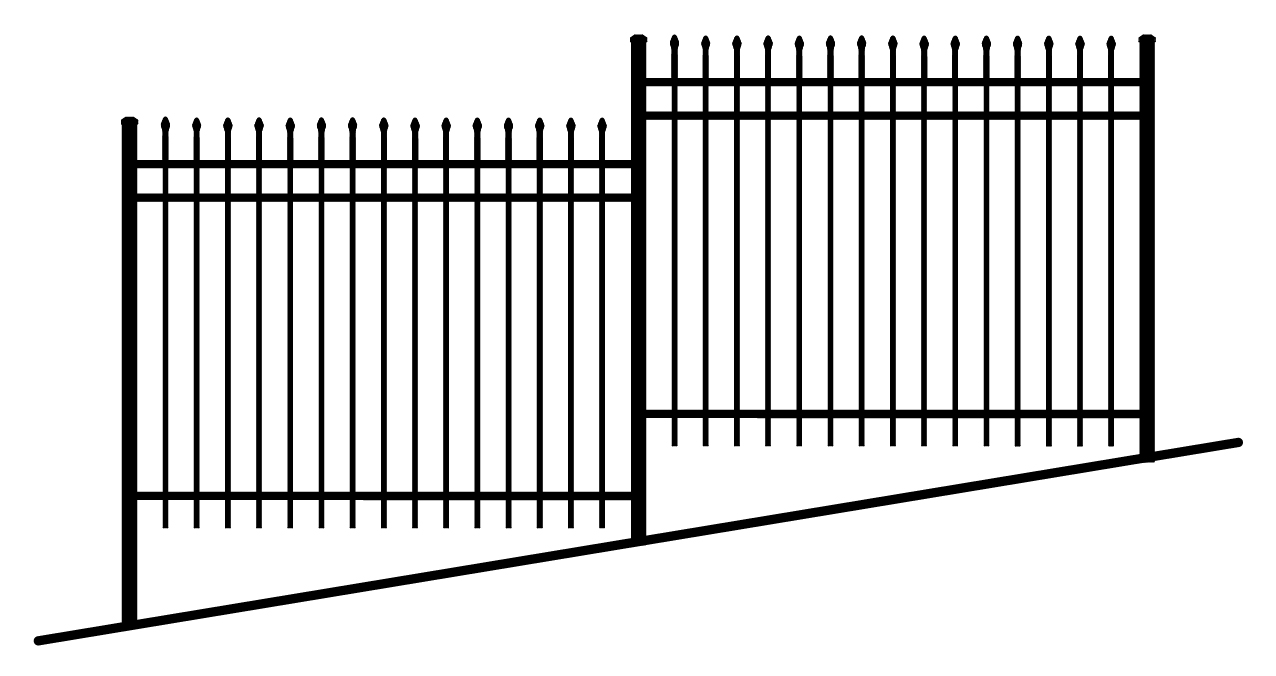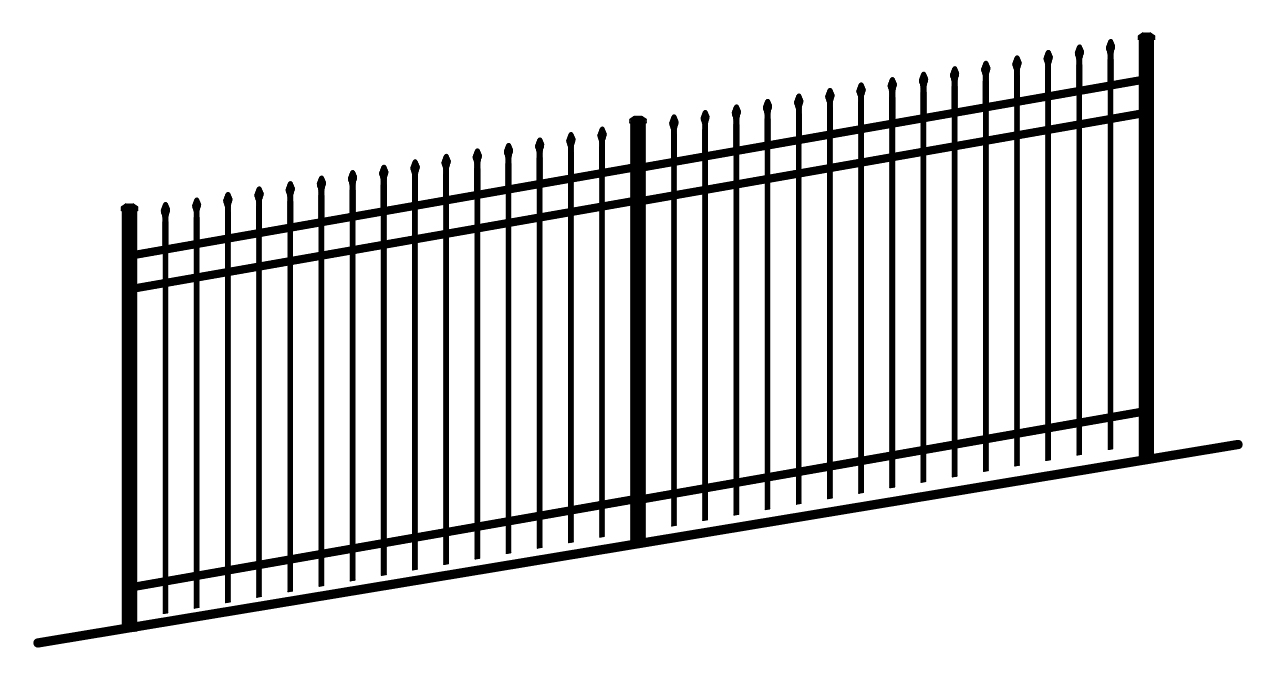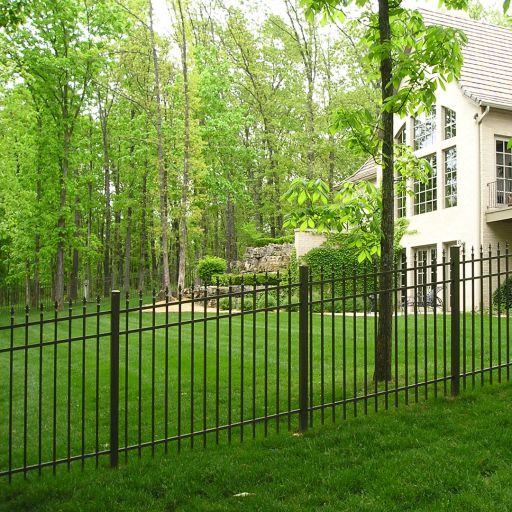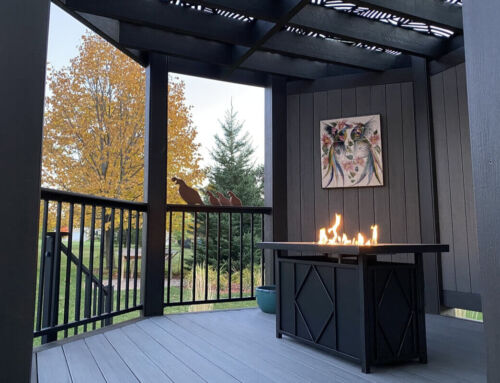
Navigating the Terrain: How to Rack Fencing Sections for a Seamless Install
Installing fencing on uneven ground can present a challenge, but with the right techniques and products, you can achieve a professional and visually appealing result. In this blog post, we will explore how to rack fencing sections to match the contours of your landscape, ensuring both stability and aesthetic appeal. We will also provide detailed help sheets for DSI fencing products, including CourtYard and Regis Aluminum Fencing, as well as Polyvinyl and PolyRail Vinyl Fencing.
Understanding Racking: The Basics
Racking refers to the process of adjusting fence sections to follow the slope of the ground. This method is essential for maintaining a consistent distance between the bottom of the fence and the ground, which helps prevent gaps and maintains security. There are two main types of racking:

Stepping
Sections remain level, and posts are installed at varying heights.

Racking
Sections are adjusted to angle with the slope, maintaining a uniform appearance.
For most installations on uneven ground, racking is the preferred method as it provides a smoother, more continuous line along the fence.
Guide to Racking Fence Sections
1. Assess the Slope
Before you begin, evaluate the degree of slope where you plan to install the fence. Use a string line and level to measure the total rise to determine the angle you will need to rack your fence sections.
2. Choose the Right Fencing
Select fence styles designed to accommodate racking. DSI offers a range of fencing products specifically designed for this purpose, such as the CourtYard and Regis Aluminum Fencing, and Polyvinyl and PolyRail Vinyl Fencing.
3. Posts and Rails
One thing to consider when racking fence sections is the post. The more a section is racked, the more the top and bottom rails will not be in a straight line. This means one side of the post should have the holes routed in different locations than the other side of the post. When rails go into a post at an angle, the hole may have to be elongated in the field.
4. Post Spacing
When racking you will need to confirm spacing of posts. Racking will affect center to center measurements and will change post space. Make sure your posts are not set too far apart. Evaluate this with a section of fencing.
Racking Capabilities of DSI Fencing Products
DSI’s fencing products are designed with flexibility in mind, allowing for varying degrees of racking. Here are the specific racking capabilities for some popular DSI products:
CourtYard and Regis Aluminum Fencing
- Standard Sections: Rack up to 20″ over 6′ sections.
- Double Punch Sections: Rack up to 40″ over 6′ sections.
- Sections with Rings: Rack up to 10″ over 6′ sections.
- Flat Top Sections with Puppy Picket or Double Picket to Mid-Rail Options: Rack up to 20″ over 6′ sections.
- Non-Flat Top Double Punch Sections (48″ heights and above with Puppy Picket Option): Rack up to 40″ over 6′ sections.
Racking is affected by style, height, and accessories. Refer to Section Racking Help Sheet for detailed information.
Polyvinyl and PolyRail Vinyl Fencing
- Privacy Fencing: Racks from 2” to 10″ over 8′ sections depending on style.
- Semi Privacy Fencing: Racks from 3″ to 4” over 8′ sections depending on style.
- Picket Fencing: Racks from 3” to 24” over 8’ sections depending on style.
- Ornamental Fencing: Racks from 3″ to 6” over 6’ or 8′ sections depending on style.
- Post and Rail Fencing: Racks up to 14” over 8’ Sections depending on style.
Racking is affected by style, height, and accessories. Refer to Section Racking Help Sheet for detailed information.
By following these tips and guidelines, you can successfully install fence sections on uneven ground, creating a beautiful, secure boundary that enhances your property.
Happy fencing!






